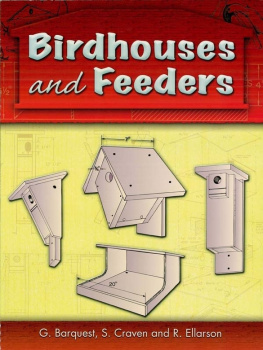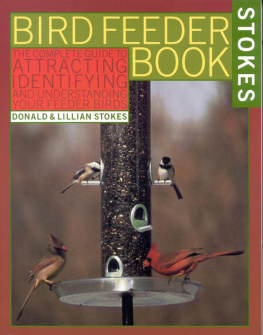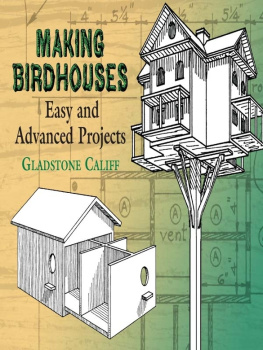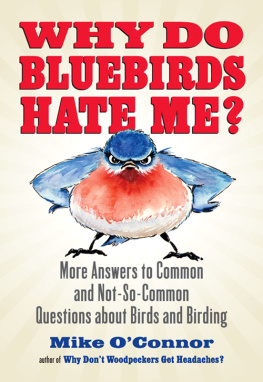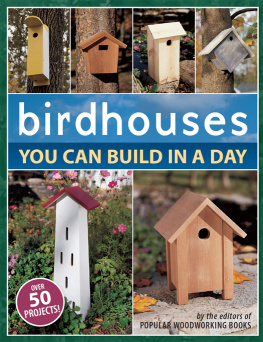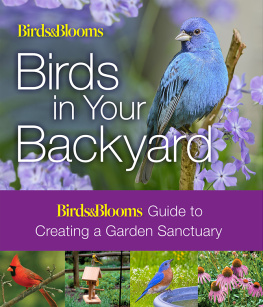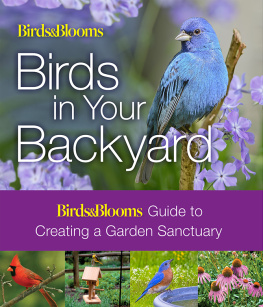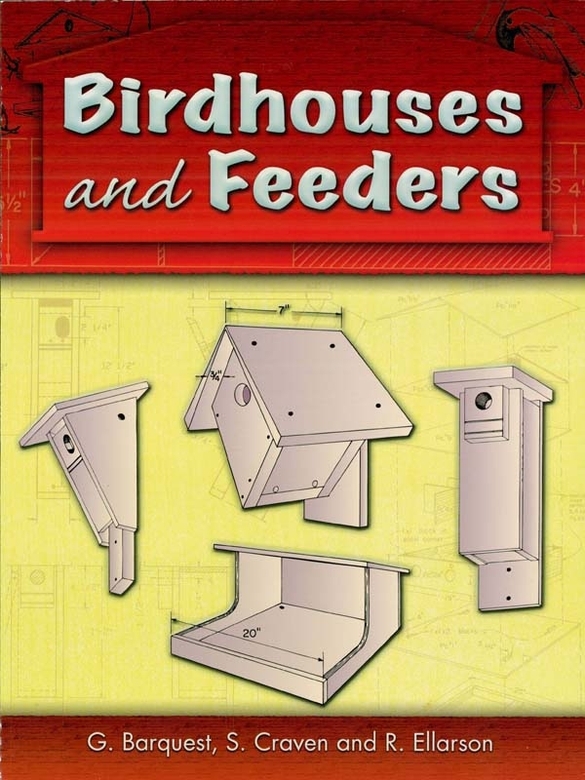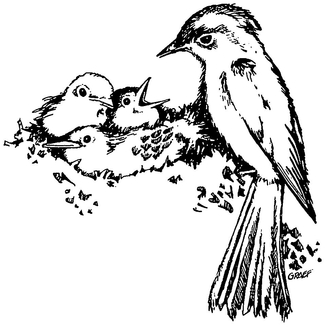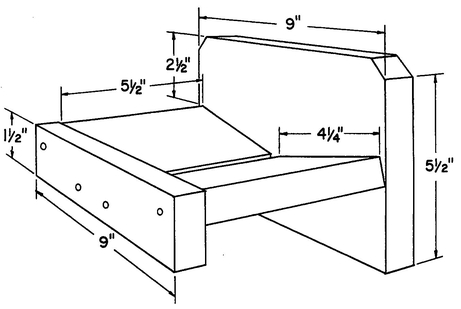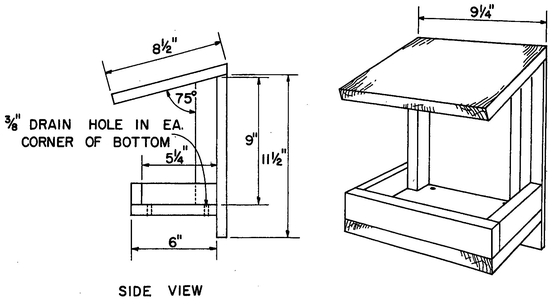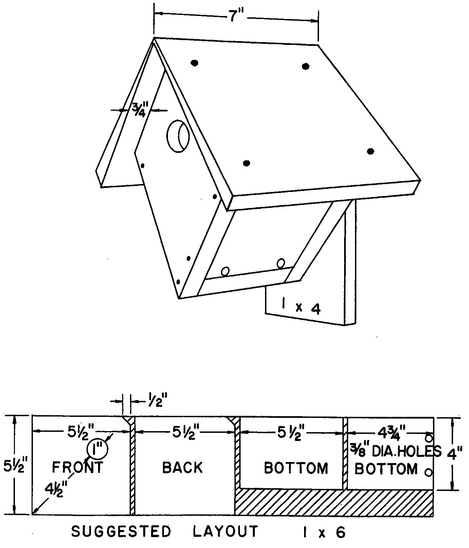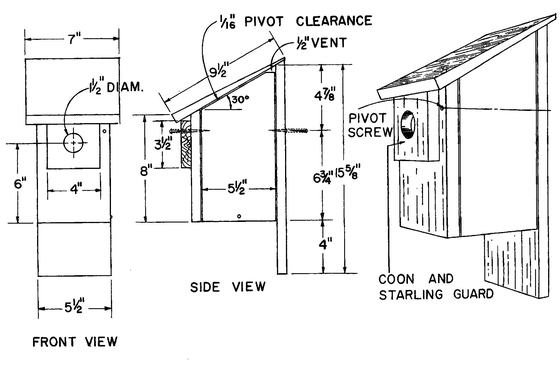G. Barquest - Birdhouses and Feeders
Here you can read online G. Barquest - Birdhouses and Feeders full text of the book (entire story) in english for free. Download pdf and epub, get meaning, cover and reviews about this ebook. year: 2013, publisher: Dover Publications, genre: Children. Description of the work, (preface) as well as reviews are available. Best literature library LitArk.com created for fans of good reading and offers a wide selection of genres:
Romance novel
Science fiction
Adventure
Detective
Science
History
Home and family
Prose
Art
Politics
Computer
Non-fiction
Religion
Business
Children
Humor
Choose a favorite category and find really read worthwhile books. Enjoy immersion in the world of imagination, feel the emotions of the characters or learn something new for yourself, make an fascinating discovery.
- Book:Birdhouses and Feeders
- Author:
- Publisher:Dover Publications
- Genre:
- Year:2013
- Rating:4 / 5
- Favourites:Add to favourites
- Your mark:
Birdhouses and Feeders: summary, description and annotation
We offer to read an annotation, description, summary or preface (depends on what the author of the book "Birdhouses and Feeders" wrote himself). If you haven't found the necessary information about the book — write in the comments, we will try to find it.
You dont have to be an outdoorsy type to enjoy birdwatching, and you dont necessarily have to go outdoors to watch birds! Set up any of these thirty cozy homes and feeders in a spot thats conveniently viewed from indoors, and let the show begin!
This easy-to-use manual features clear illustrations and step-by-step construction guidelines for building permanent residences, winter homes, and snack bars for birds of many different featherswrens, bluebirds, owls, robins, titmice, and other species, including squirrels and bats. A list of easily obtainable materials appears with each design, along with helpful suggestions for attracting specific creatures. Most designs involve woodworking techniques; others offer simple methods for recycling milk jugs, cardboard cartons, and tires into wildlife refuges.
G. Barquest: author's other books
Who wrote Birdhouses and Feeders? Find out the surname, the name of the author of the book and a list of all author's works by series.

